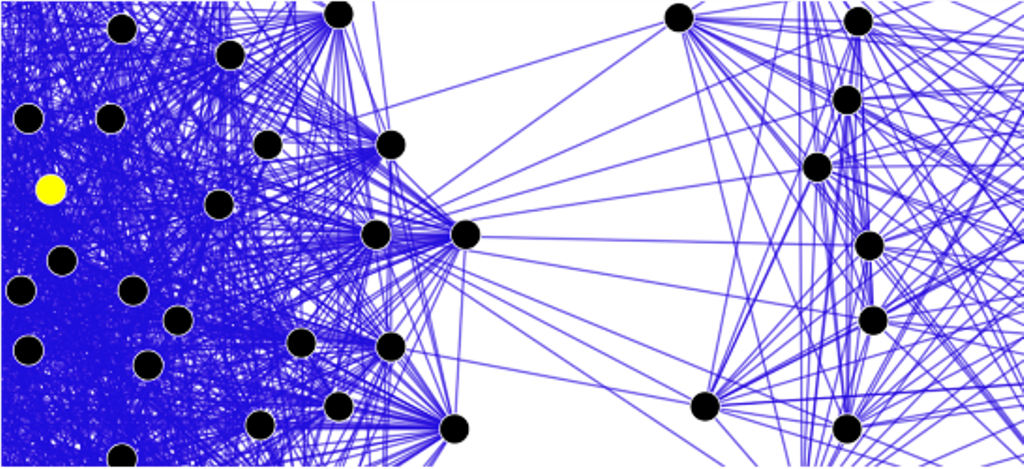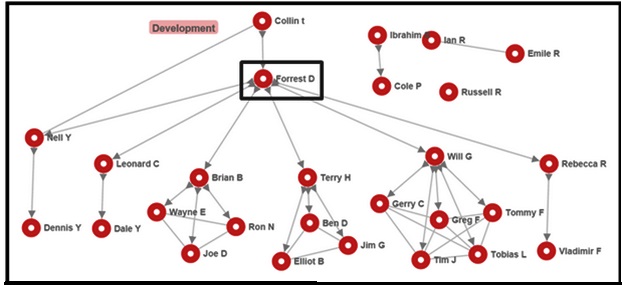
Without a full organization coordination, it is common to have inefficiencies, wasted man hours, lost sales and unfulfilled customer expectation. Today inefficiencies should not be accepted anymore: it has been always hard to locate and fix them, in particular when they are small items to be considered, or inter-departmental inefficiencies, with situations such that of a “no-man’s land” where no one manager has full responsibility over it.
Creating a streamlined organization means locating lack of communication between members in various business units in the organization, that can result in inaccurate, conflicting, and misleading information overall.
Normally organizations spend many resources on gathering metrics on sales and marketing, financial statements, and IT efficiency, but they neglect to collect, monitor, and utilize communication and collaboration metrics and networks. Understanding how the human factor in the organization truly operates is a “nice to have” feature only in decaying, bureaucratic organizations.
People Analytics solutions are adopted by companies looking at recruitment data, talent mobility, and performance data across their organization. Human networks metrics based on Organizational network analysis (ONA) methodologies, how those provided by HOW-4, are just as important, if not more, for making strategic decisions, managing change, and driving the organization into high performance.
An example of Organizational Intelligence showing how each team works
With the ORGANIZATIONAL INTELLIGENCE of HOW-4 it is possible today to diagnose the entire organization or business unit, to reveal hidden insights and knowledge existing within the interactions between employees, managers, and the organization.
Each organization has its formal organization, the one seen in the organizational chart, and the informal organization, where people actually get their work done. Combining the 2 together tells us how groups and individuals behave.
Current assessment looking into the formal and informal organization include surveys, “Indagini di Clima”, interviews. Those assessment, which are often resource consuming and hard to scale, present the limit of providing with opinions and information each person reports about himself, without his peers’ opinions.
Human networks metrics, as the one presented in the picture below, have the advantage of presenting in detail the full figure of relationships and actual collaboration streams in the organization, i.e. the way each team works: it is interesting to see that in this example each team works as its own small silo.

Human networks metrics
Also it is possible to extrapolate the influence and effects leaders have over their surroundings, assessing how work is getting done under their leadership, the culture of a department or a team, and what needs to be done to drive teamwork and performance up.
By periodically monitoring the organization with HOW-4, the executive leadership can see if the programs had the desired effect on the collaboration and communication in their organization.
In conclusion.
Communication and coordination/cooperation/collaboration are metrics seldom discussed, but there are many evidences that they are strategically important to take decisions and manage change.
These metrics have been historically hard to quantify and optimize. In the past Organizational network analysis (ONA) was considered too academic, but today it is a very practical solution to carry out a good assessment.
Good communication and coordination – between people, teams, branches, and managers – are what will increase efficiency through innovation and problem solving.
Fabio Fedel,
Managing Partner HOW-4

